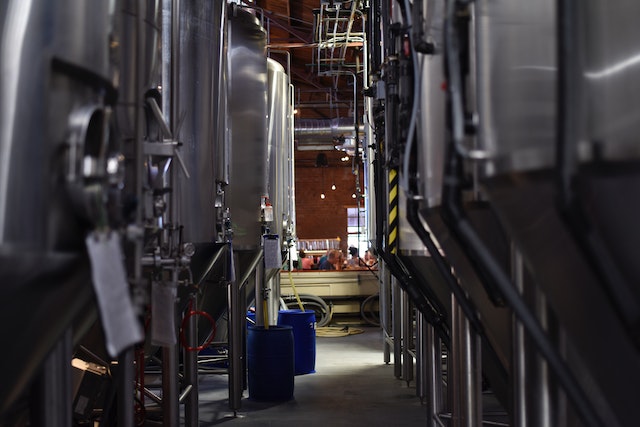Chinese authorities recently announced the approval of “smart” robots for maintaining the world’s largest radio telescope, China’s Five-hundred-meter Aperture Spherical Radio Telescope (FAST). These robots will assess cables, automate laser maintenance, assemble feed receivers, monitor interference, and measure the feed cabin’s conditions. They are set for deployment.
The Guizhou Radio Astronomy Observatory led the initiative to use robots for telescope upkeep. They collaborated with 10 other organizations, including the National Astronomical Observatories of the Chinese Academy of Sciences and the Harbin Institute of Technology.
Challenges in Maintaining the Gigantic FAST Telescope
The feed cabin hangs 460 feet (140 meters) above the dish structure, making maintenance inherently challenging. Additionally, the dish boasts a diameter of 0.3 miles (0.5 kilometers), adding to the complexity of maintaining the cables supporting the feed cabin.
Chinese engineers have developed a smart robotic car capable of cleaning, repairing, and even replacing components on this radio telescope. Managing 2,225 laser targets on a vast spherical dish with an area as large as 30 football fields is no small feat. Moreover, the telescope’s delicate reflective surface consists of ultra-thin aluminum plates that cannot support the weight of an average adult.
Capturing Cosmic Whispers: The Role of FAST’s Massive Dish
The telescope’s massive dish plays a pivotal role in capturing signals from the depths of the universe. Reports also suggest it has even intercepted unusual transmissions from distant cosmic locations.
After the collapse of the Arecibo Observatory radio telescope in 2020, FAST remained the only colossal single-dish telescope globally. The loss of Arecibo dealt a significant blow to the space industry.
Now, nearly seven years since its launch, the FAST telescope is receiving a fresh team of workers. This team will help in its ongoing operation and maintenance, supporting the scientific community’s exploration of space.
Robots are being introduced to ensure the telescope’s operations continue seamlessly, working in conjunction with its human counterparts to maintain efficiency as well as accuracy.






